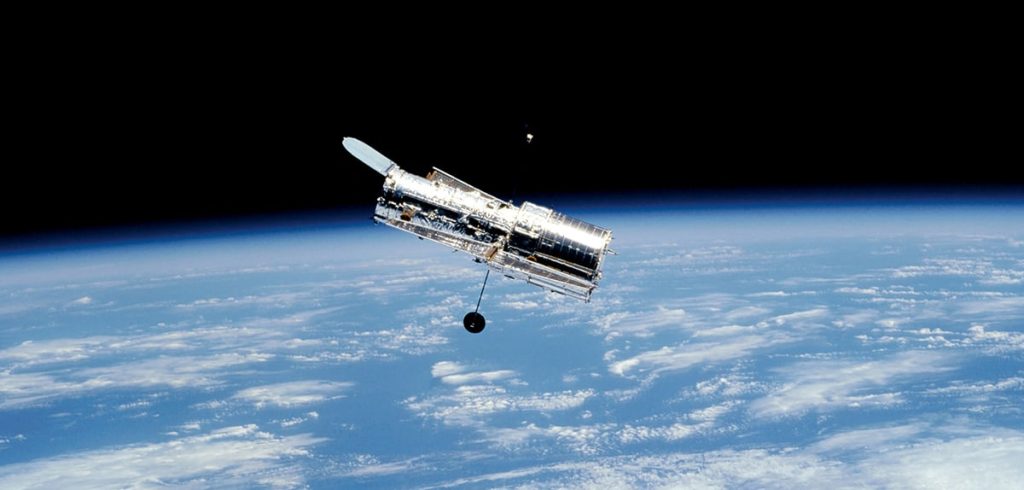Hubble’s Wide Field Camera 3 takes images in visible and infrared light, which allows astronomers to see objects through space gas and dust more clearly.
A newborn star system some 1,400 light years from Earth was captured in all of its splendor in a new photo of the Hubble space telescope.
This amazing object, called HH 111, was photographed using Wide Field Camera 3 (WFC3) of the telescope and only develops under highly specific circumstances. More specifically, they occur when newly formed stars expel very narrow jets of ionized gas that moves at high speed, which makes the gas highly charged.
The system is called IRAS 05491 + 0247 and is at the center of a particularly rare cosmic interaction known as a Herbig-Haro.
The object actually release significant amounts of light in the visible spectrum, but are difficult to observe because the dust and gas around them absorb most of the visible light. Therefore, WFC3’s ability to make observations in the infrared spectrum, where they are not as affected by the gas and dust, is crucial to be able to successfully observe Herbig-Haro objects.





